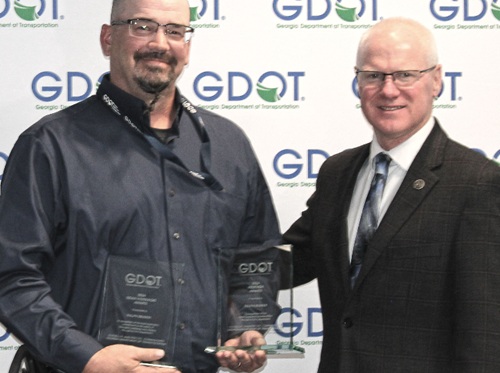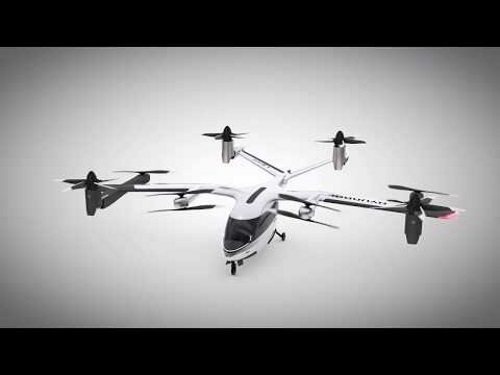The Minnesota Department of Transportation and NASA plan to conduct joint tests of advanced technology cargo aircraft and passenger air taxi services in order to provide “more dynamic aviation options” for state residents.
[Above graphic of air taxi eVTOL concept aircraft by Hyundai]
“These new electric, vertical take-off aircraft are currently undergoing testing, maturing quickly, and represent the future of a greener, more adaptable aviation option in Minnesota,” noted Cassandra Isackson, the Minnesota DOT’s office of aeronautics director, in a statement.

“Advanced Air Mobility services show great promise to provide localized aviation services that are broadly accessible, equitable, sustainable, and serve all Minnesotans,” she explained. “We look forward to working with NASA and a broad range of local experts to help Minnesota plan for these new technologies.”
The Minnesota DOT-NASA partnership will include a series of five workshops where the Minnesota DOT and stakeholders from across the state work with NASA’s Advanced Air Mobility team to identify areas of opportunity and concern regarding Advanced Air Mobility integration, as well as discussion of strategies for future engagement and planning.
Workshop participants will include partners from local governments, airport authorities and operators, universities, vehicle and subsystem manufacturers, infrastructure providers, workforce development organizations and others.

Minnesota is one of five government entities – including two other state departments of transportation – chosen to participate in aviation planning workshops with NASA.
The others include the Massachusetts Department of Transportation; the North Central Texas Council of Governments Department of Transportation; the Ohio Unmanned Aircraft Systems Center within the Ohio Department of Transportation; and the City of Orlando, Florida.
Those efforts dovetail with a new three-year $2.5 million grant project NASA recently awarded to an interdisciplinary research effort spearheaded by the George Washington University to develop a safety management system for electric autonomous aircraft.

In a recent blog post, Peng Wei – an assistant aerospace and mechanical engineering professor with GWU – explained that his team’s research aims to minimize the “layered risks” for autonomous aircraft.
Those risks include adverse weather conditions such as wind – which is what Wei’s laboratory research will focus on – affect an electric aircraft’s ability to fly and land safely.
Additional risks include electric propulsion component faults or degradations as well as threats from other non-cooperative aircraft due to GPS spoofing or software hijacking while in flight.
 States
States
Georgia DOT Foreman Receives Two Heroism Awards
January 2, 2026 States
States

